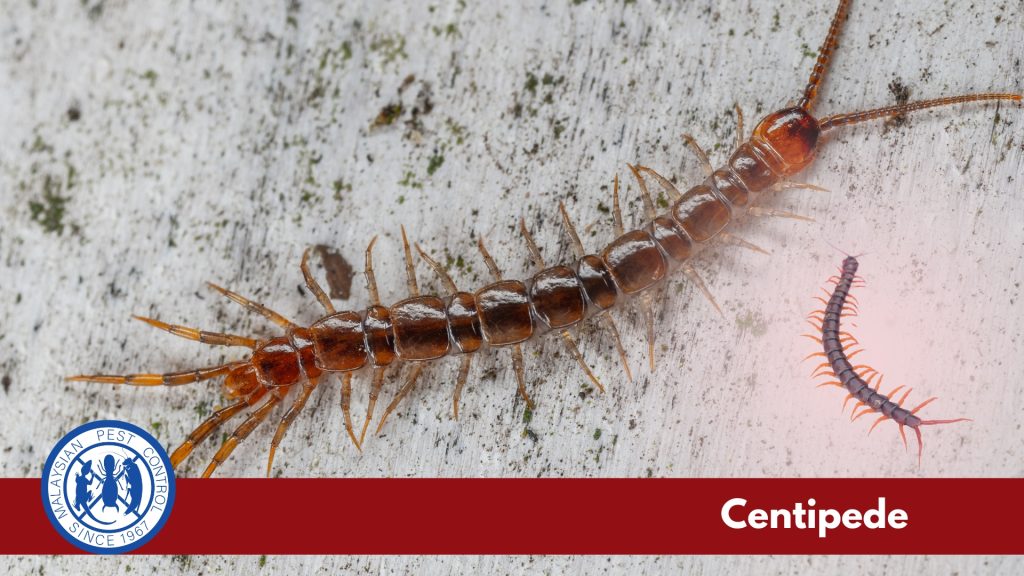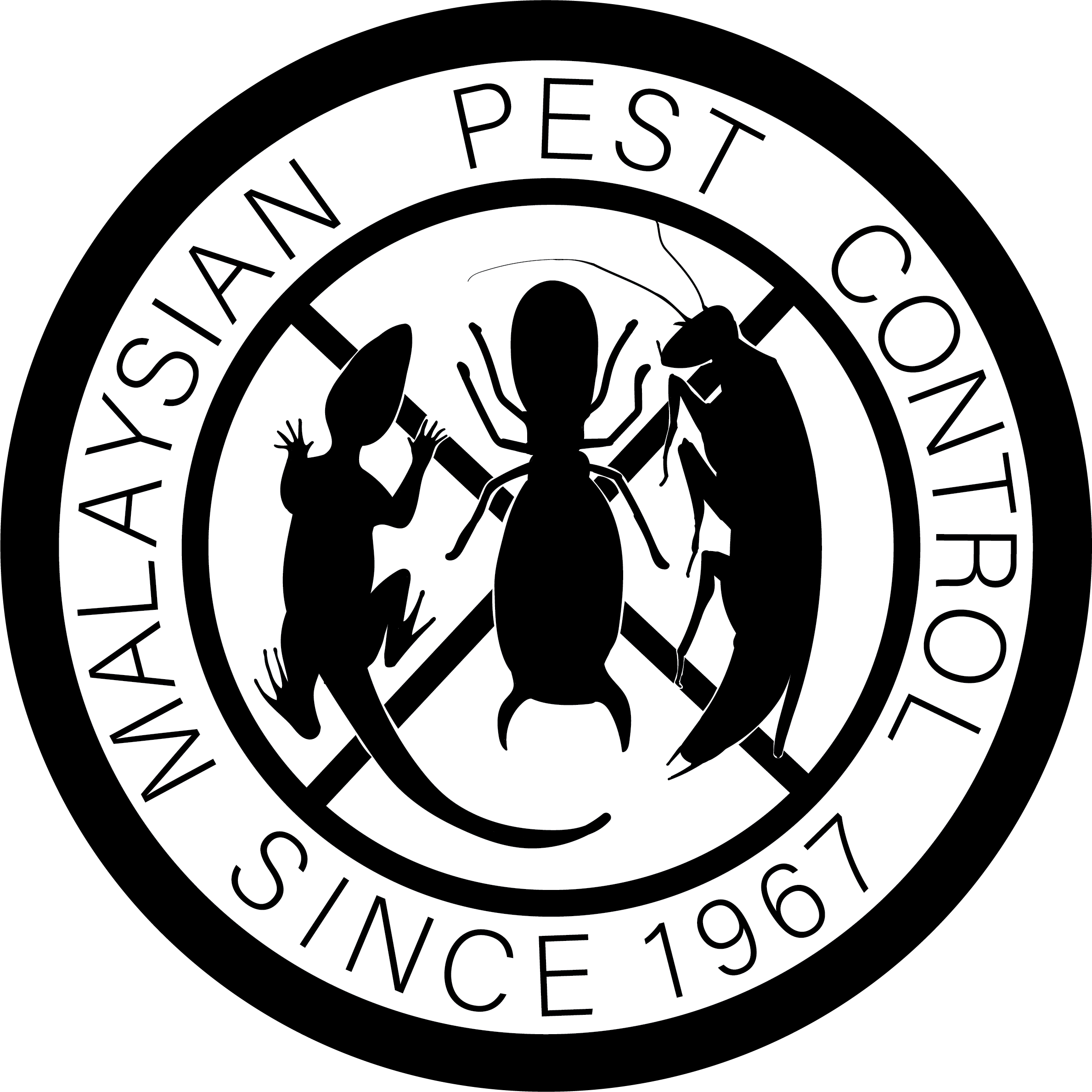About Centipede

Introduction to Centipedes
Centipedes are often seen as creepy crawlies, but they play a significant role in the ecosystem. While they can be venomous, they usually do not pose a threat to humans or pets unless an allergic reaction occurs.
Biology and Lifecycle
- Egg Stage
- Centipedes lay their eggs in soil or hidden places within homes.
- Juvenile Stage
- Juvenile centipedes resemble adults but are smaller and have fewer legs.
- Adult Stage
- Adult centipedes are nocturnal hunters, preying on various insects.
Behaviour and Habitat
- Behaviour: Centipedes are nocturnal and prefer dark, damp environments. They are fast movers and can often be found in hidden spots within homes.
- Habitat: They thrive in places like basements, under sinks, bathtubs, and floor drains. Damp and dark environments are ideal for their survival.
Health and Economic Impact
- Venom: Centipedes have venom that can cause extreme pain and allergic reactions in humans. Fatal cases are rare but have been reported.
- Threat Perception: They are often perceived as pests due to their appearance and presence in horror media. However, they are beneficial predators of other household pests.
Common Areas of Infestation
- Basements
- Under sinks
- In bathtubs
- Under leaking pipes
- Boxes
- Floor drains
Signs of Infestation
Frequent sightings of centipedes may indicate a pest infestation, as they are attracted to food sources like termites, cockroaches, and spiders. Regular sightings in your home suggest that these pests might be present.
Prevention and Control
To manage centipede infestations, address moisture issues and seal entry points. Reducing clutter and using dehumidifiers can help. If centipedes are frequently seen, it may be time to call Malaysian Pest Control for professional assistance.



